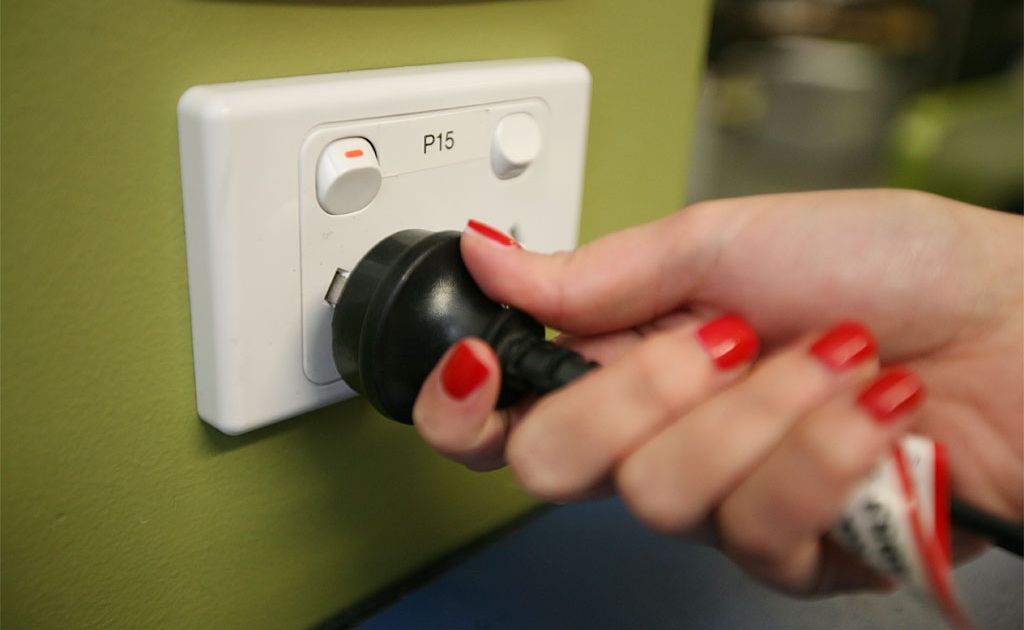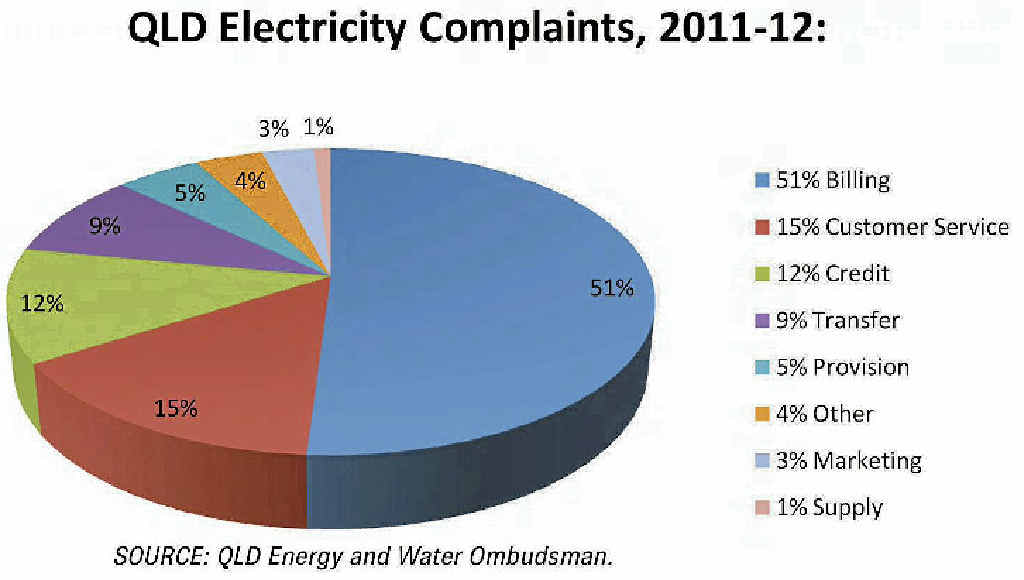High price to pay for light in our homes
A PENSIONER struggling to make ends meet sits at the kitchen table in a cold house, lit by the lone flame of a candle to eat his dinner.

Business
Don't miss out on the headlines from Business. Followed categories will be added to My News.
A PENSIONER struggling to make ends meet sits at the kitchen table in a cold house, lit by the lone flame of a candle to eat his dinner.
A married couple avoid using their oven to cook their meals in fear of pushing up their power bills.
A woman is reduced to tears during a phone call about her power bill to an inconsiderate electricity retailer.
These are but a few of the victims of the unprecedented rises in retail electricity prices across the nation in recent years.
Their stories are documented in numerous letters to a Senate select committee inquiry, set up to investigate what is causing sky-rocketing retail power prices and what could be done about it.
The figures are stark, with price rises for ordinary Queenslanders skyrocketing 83% in the past five years.
Householders across the border in New South Wales were also faced with similar rises, of about 72% in the same period.
And that was before the carbon tax, forecast to add a further 10% to the average household bill from July 1.
The latest estimates from the Australian Energy Market Commission (AEMC) also reveal a projected 37% increase in the average residential electricity price between 2010-11 and 2013-14.
If those estimates eventuate, it would mean average residential power bills would have surged 120% between 2007 and 2014 in Queensland.
Similarly, NSW householders would be paying about 110% more for their electricity supply in 2014 than they were in 2007.
Those soaring costs were driven primarily by updating the ageing "poles and wires" - the transmission networks - the Australian Energy Regulator says.
But that investment was inflated due to over-investment by some companies looking to profit from incentives offered, with the extra cost passed on to consumers.
Prime Minister Julia Gillard has attacked the state governments over this "gold-plating" of the network, as all states except Victoria have a monopoly state-owned transmission network.
But several lesser factors were also driving rises - including the carbon tax, the federal renewable energy target, lower-than-forecast demand and weaknesses in market regulation.

AER chairman Andrew Reeves revealed the regulator did not currently have the teeth to deal with gold-plating, with weaknesses in the rules leading to "price increases beyond what has been necessary for a safe and reliable supply".
Market rule-maker, AEMC chairman John Pierce, said the commission recently made a draft determination to change the rules.
Mr Pierce said the final decision would be released in November, while a review published in September had already outlined many changes to help consumers get a better deal.
The draft Power of Choice report aimed to help Australians get a better deal on their power bills, including changes to protect vulnerable consumers, making more information available and phasing in a better tariff system.
"Consumer engagement and participation in the market ... is one of the key factors that the recommendations of that review are trying to assist so that the cost of meeting the demand for electricity is kept to a minimum," Mr Pierce said.
But for many busy Australians - people who are shorter on time than ever before - electricity prices remain mystifying; a June survey by consumer watchdog Choice revealed.
The survey of more than 1000 Australians showed most household decision-makers - those who ran the household budget - were "very concerned about their electricity expenses relative to their costs of living".
Of those respondents who said power bills had jumped in the past few years, 40% said it was energy companies trying to boost their profits, while 23% cited the carbon tax, despite it not taking effect until a month after the survey.
When confusion reigns supreme, it creates a barrier to people trying to stay informed and engaged in the complex market - making it that much harder for busy families and struggling pensioners to get a better deal.
But there are many things the state and federal governments, consumer advocates and the private sector have been doing to try to improve the costs facing Australian households.
In recent weeks, Ms Gillard even said she wants to resolve the problem by the end of the year, through the Council of Australian Governments.
But while Labor and Liberal, federal and state, fight over who's fault the situation is, many are forced to live without heating, adequate cooking or lighting.
Until there is genuine change, more and more people will dread the walk to the mailbox every three months.
Originally published as High price to pay for light in our homes






